Department of Human Anatomy KNMU MUSCLES AND TOPOGRAPHY OF THE UPPER AND LOWER презентация
Содержание
- 2. PLAN Muscles of the upper limb. Muscles and topography of the
- 3. MUSCLES OF THE UPPER LIMB The muscles of the upper
- 8. The axillary cavity Walls. The axillary cavity has four walls
- 9. Triangles of the anterior wall of the axillary cavity. For
- 10. Muscles of the Upper Arm The muscles of the upper arm
- 14. The topography of the upper arm Radial canal is located
- 15. Muscles of the Forearm The muscles of the forearm are separated
- 20. The Posterior group The muscles of the posterior group of the
- 24. The topography of the forearm The cubital fossa is bounded
- 25. The topography of the forearm The ulnar groove of the
- 26. Muscles of the Hand
- 30. The topography of the hand The carpal canal is located
- 31. Six canals on the dorsal surface of the wrist joint are
- 32. FASCIAE OF THE UPPER LIMB 1. The deltoid fascia
- 33. THE SYNOVIAL BURSAE OF THE UPPER LIMB subdeltoid bursa resides
- 36. Clinical applications. The inflammatory diseases of the synovial bursae (bursitis) can
- 37. THE MUSCLES OF THE LOWER LIMB All other muscles of the
- 41. THE TOPOGRAPHY OF THE LOWER LIMB On the lower limb there
- 42. MUSCLES OF THE THIGH The muscles of the thigh are divided
- 45. THE REGION OF THE THIGH The muscular space resides below
- 46. THE REGION OF THE THIGH The femoral triangle resides on the
- 47. THE REGION OF THE THIGH The femoral ring resides behind the
- 48. The iliopectineal groove lies between the pectineus and iliopsoas within the
- 50. MUSCLES OF THE LEG The muscles of the leg are divided
- 55. THE REGION OF THE LEG The popliteal fossa resides
- 56. THE REGION OF THE LEG The cruropopliteal canal leads from the
- 57. MUSCLES OF THE FOOT The foot, like the hand, in
- 60. Synovial bursae on the lower limb: In the region of
- 62. In the region of the knee joint: suprapatellar bursa resides
- 63. In the region of the talocrural joint: subcutaneous calcaneal bursa
- 64. THE END
- 65. Скачать презентацию


























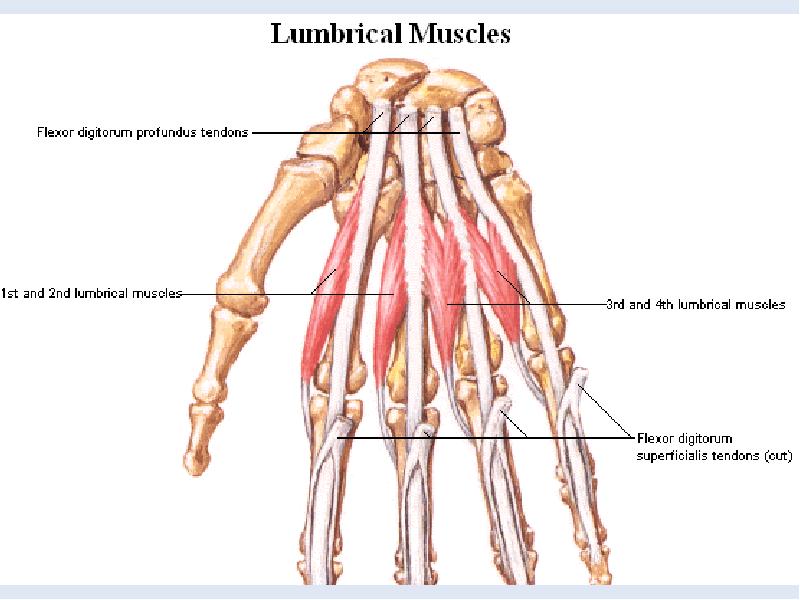
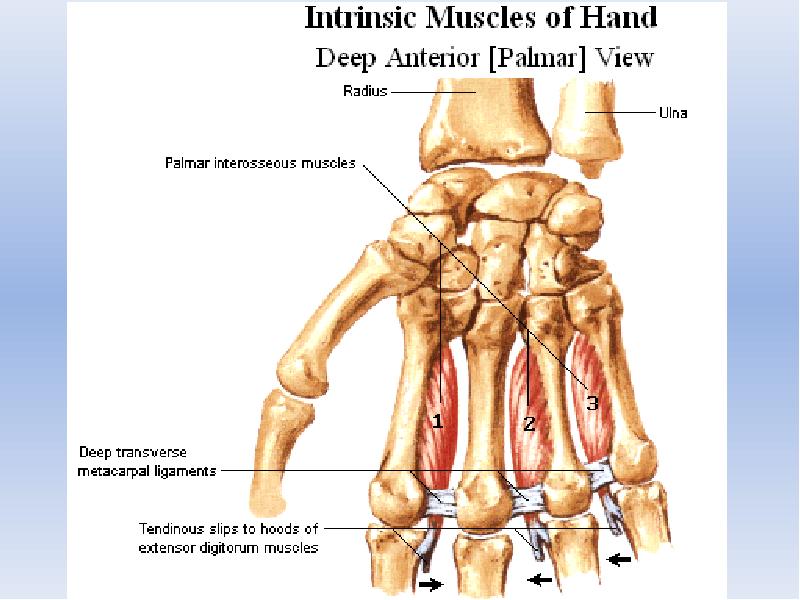
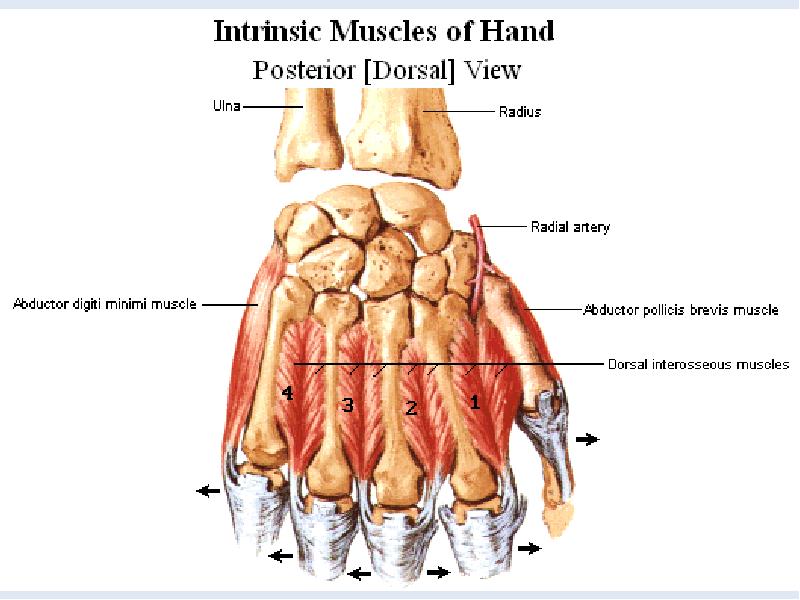

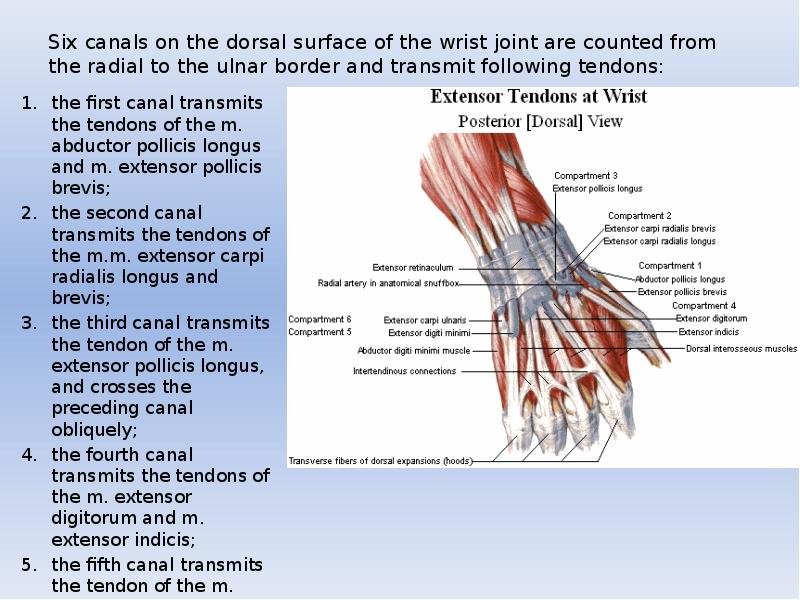

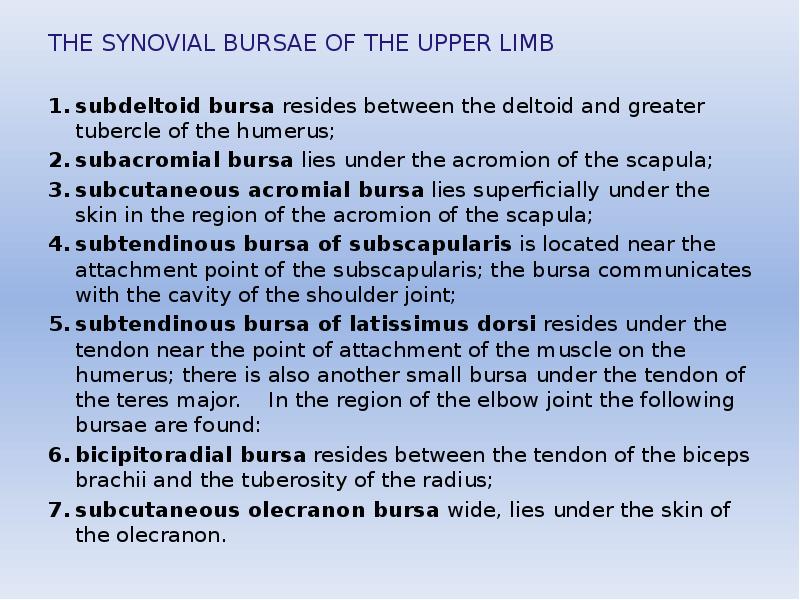
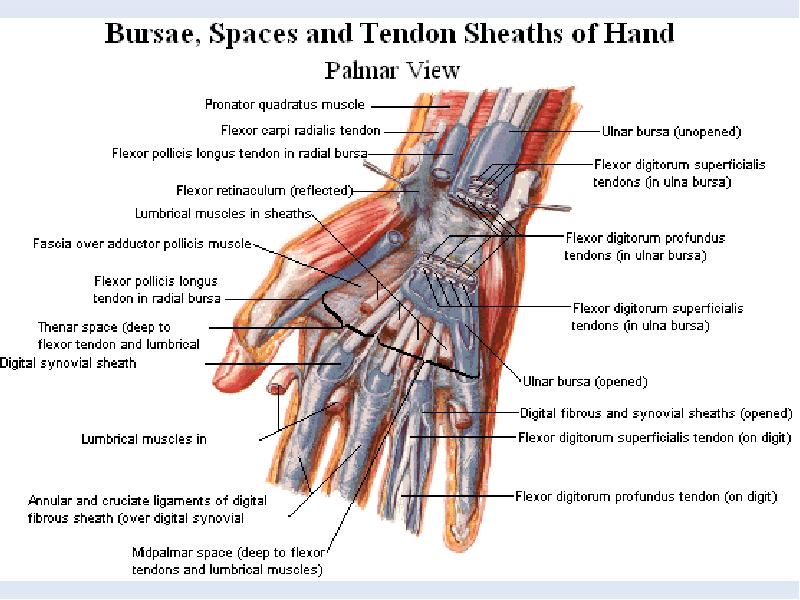
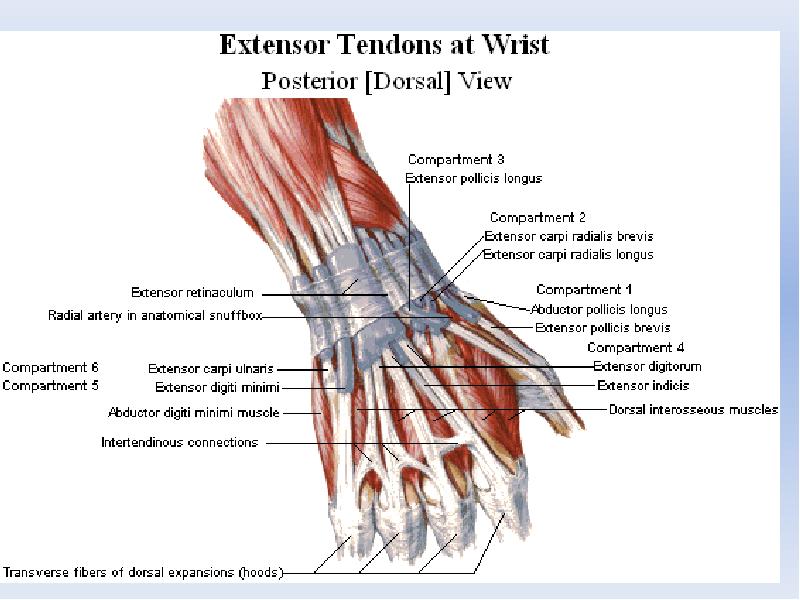
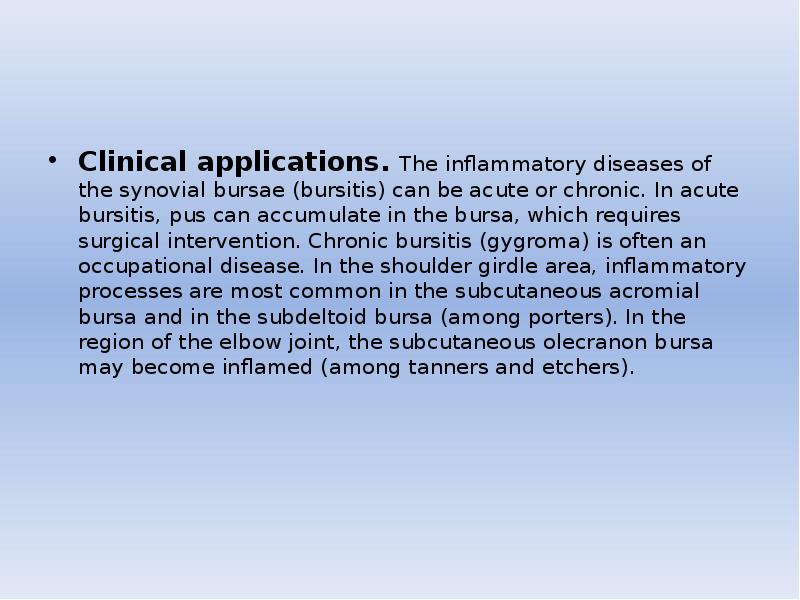
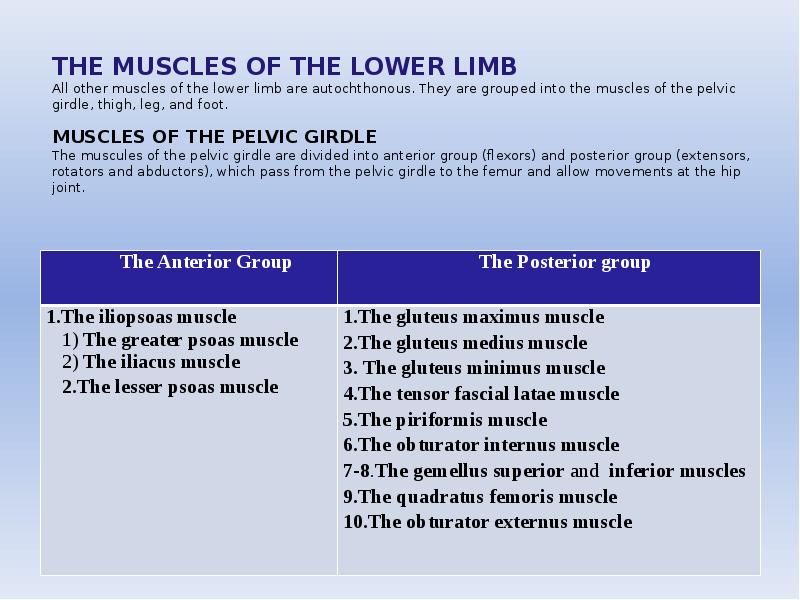
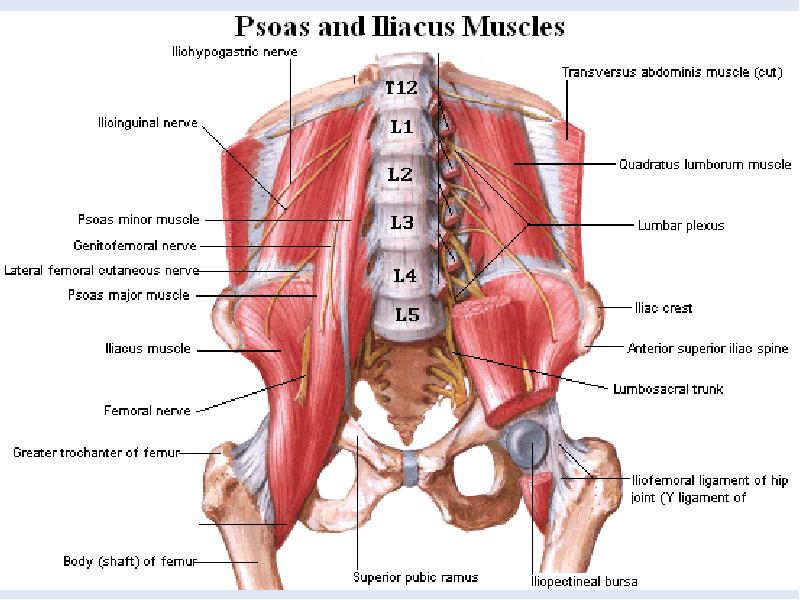
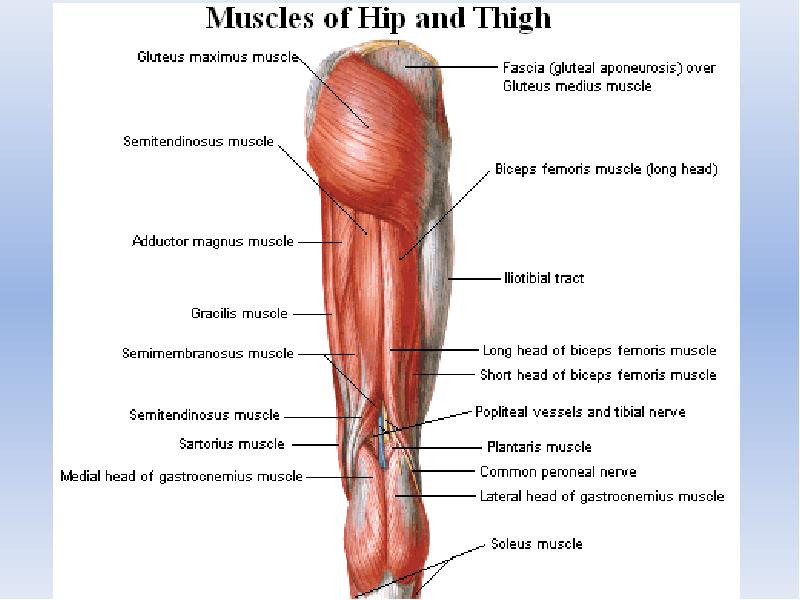
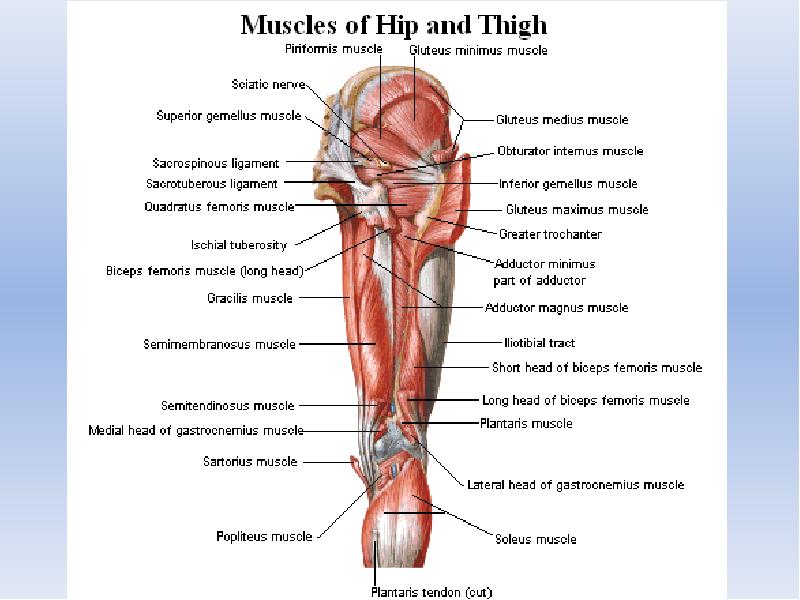
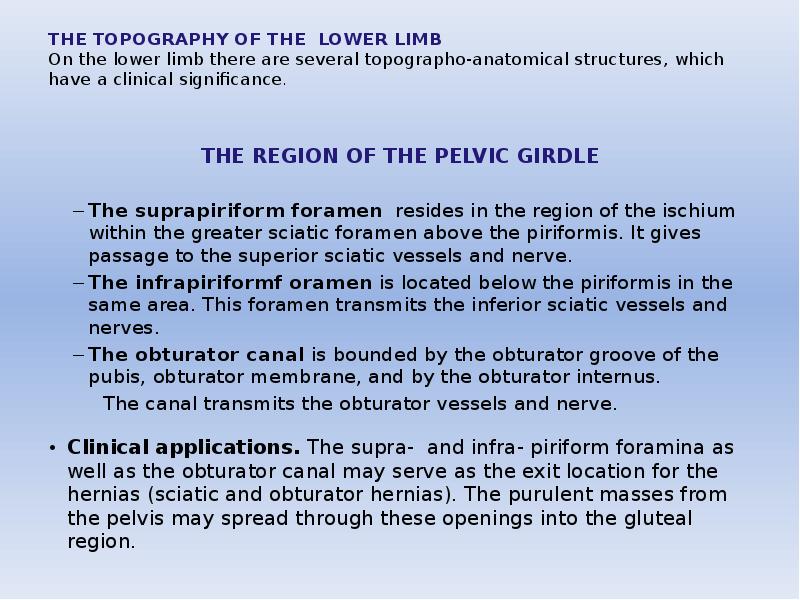
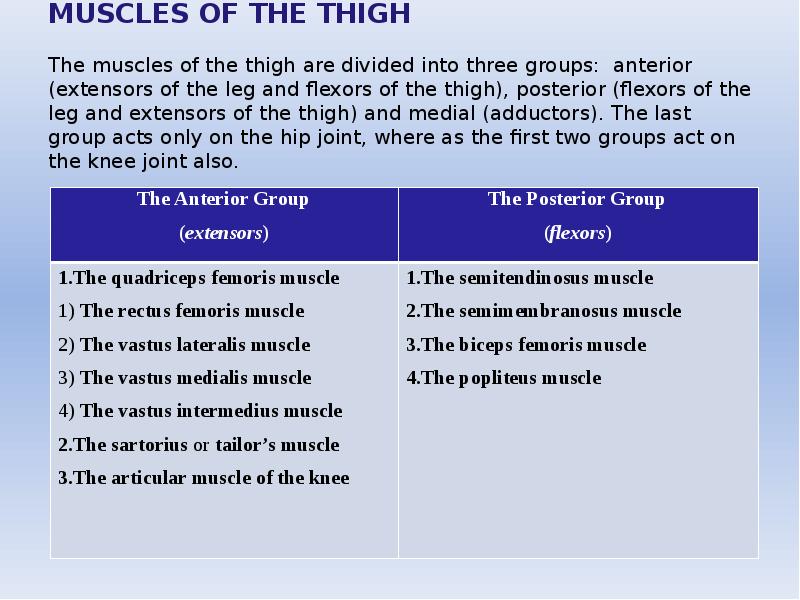
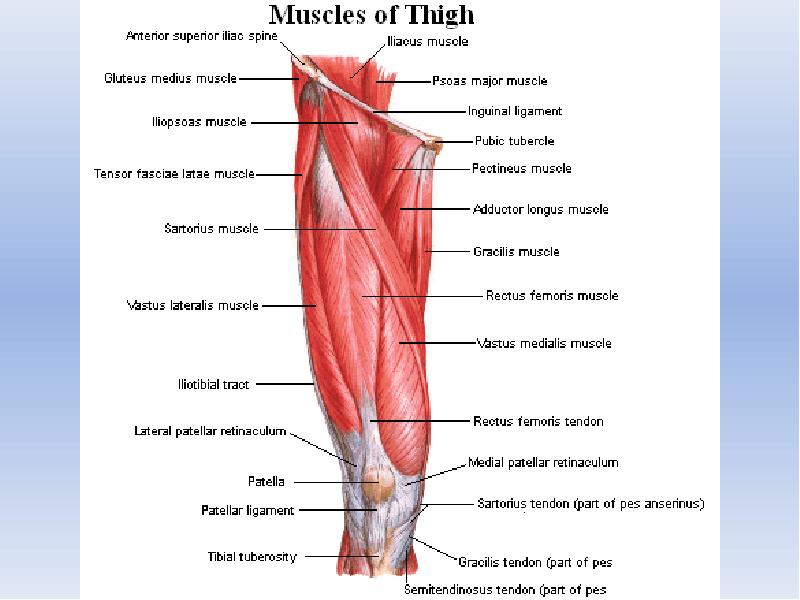
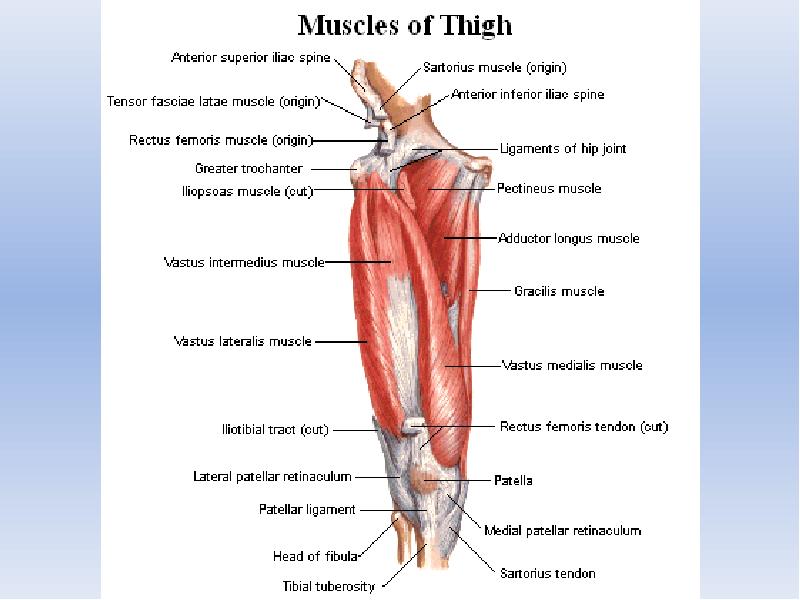
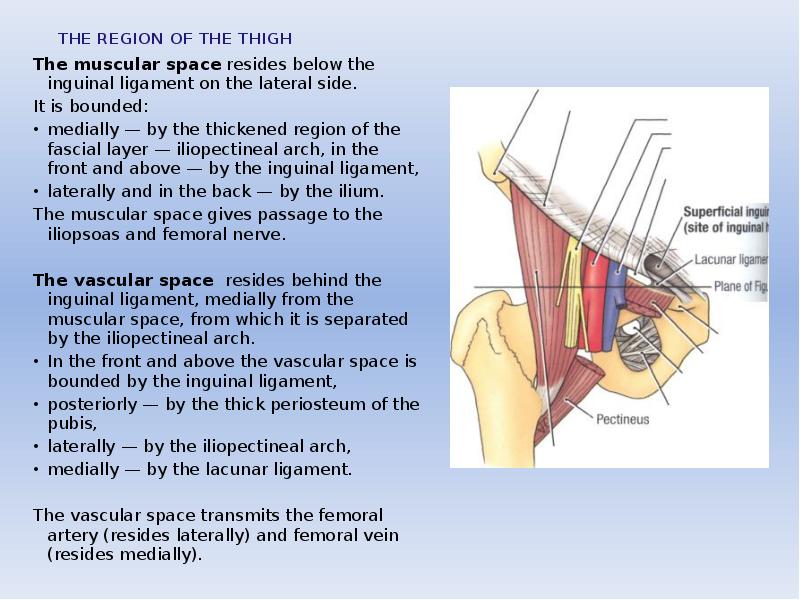
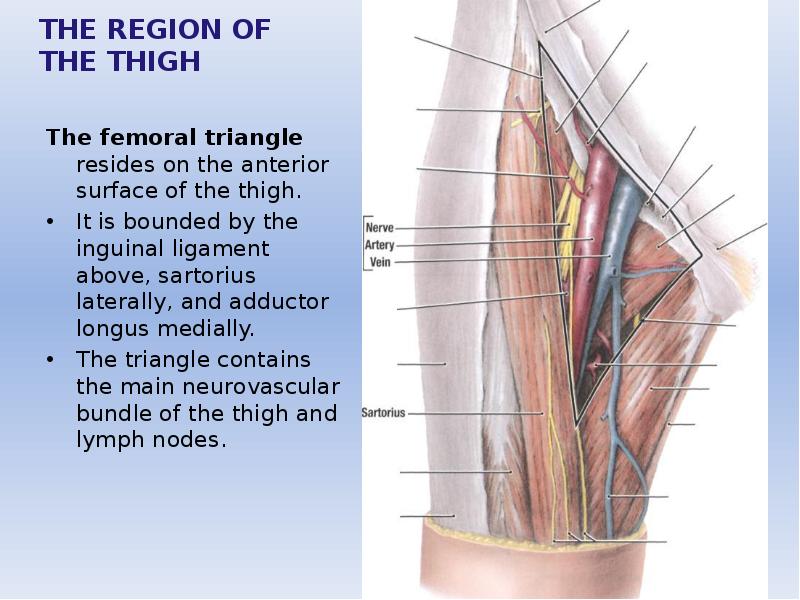
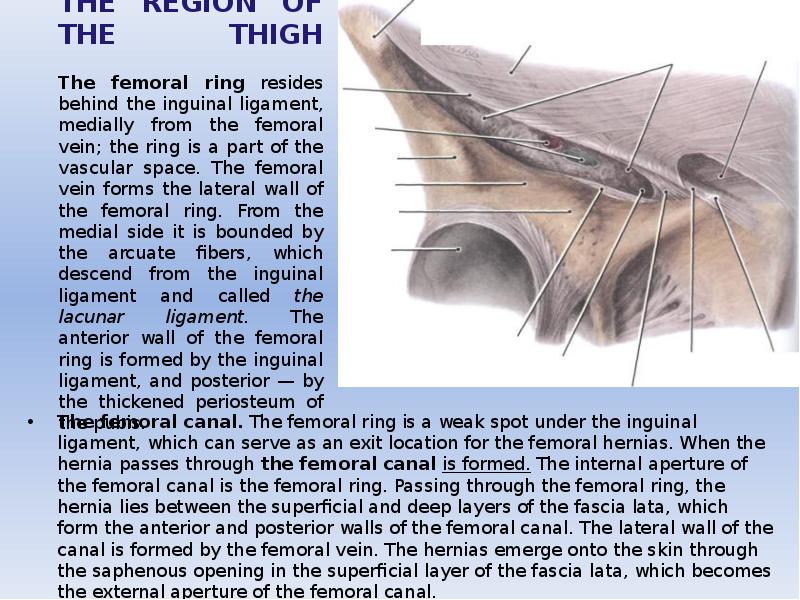
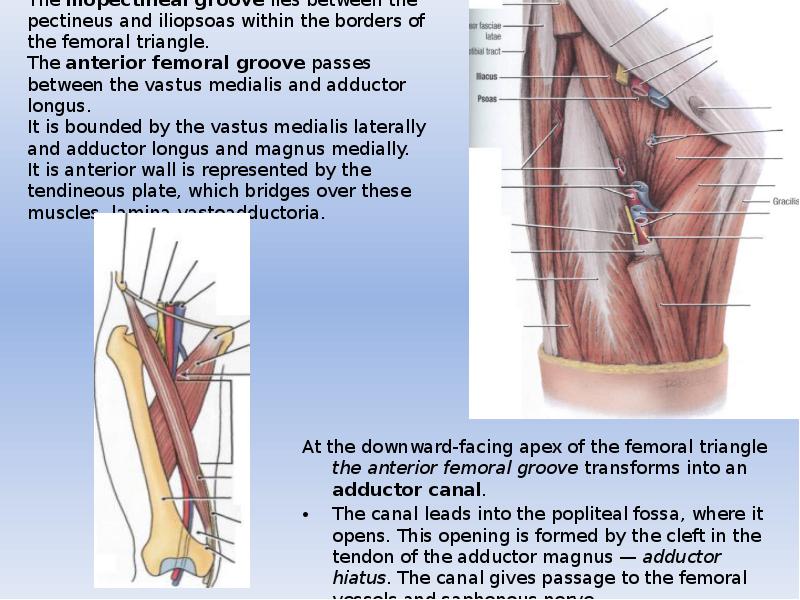
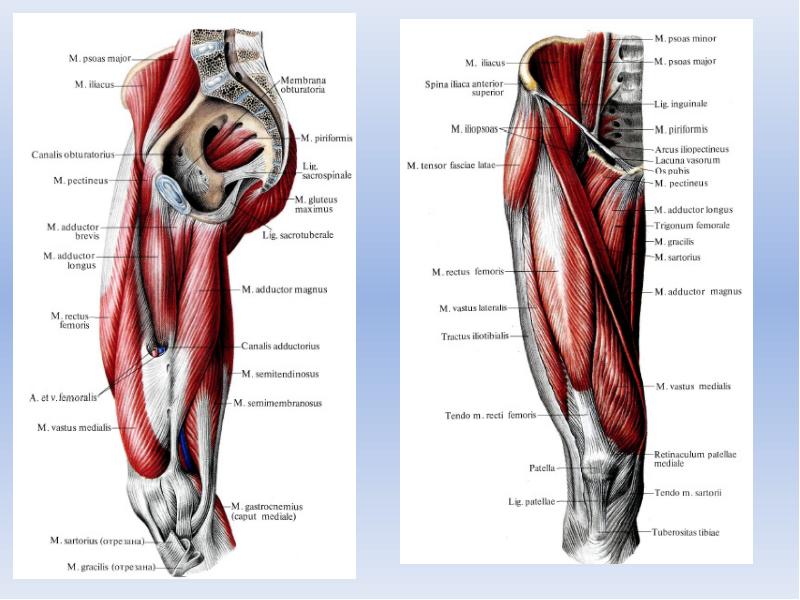
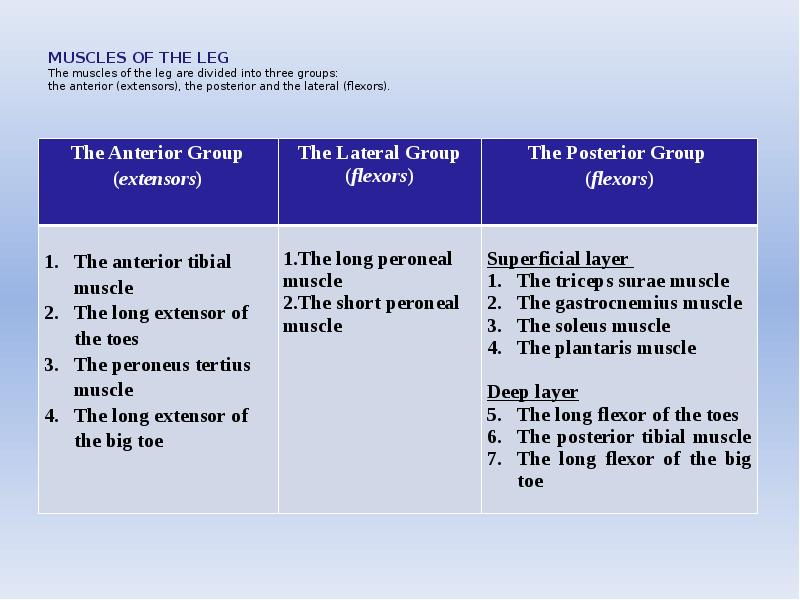
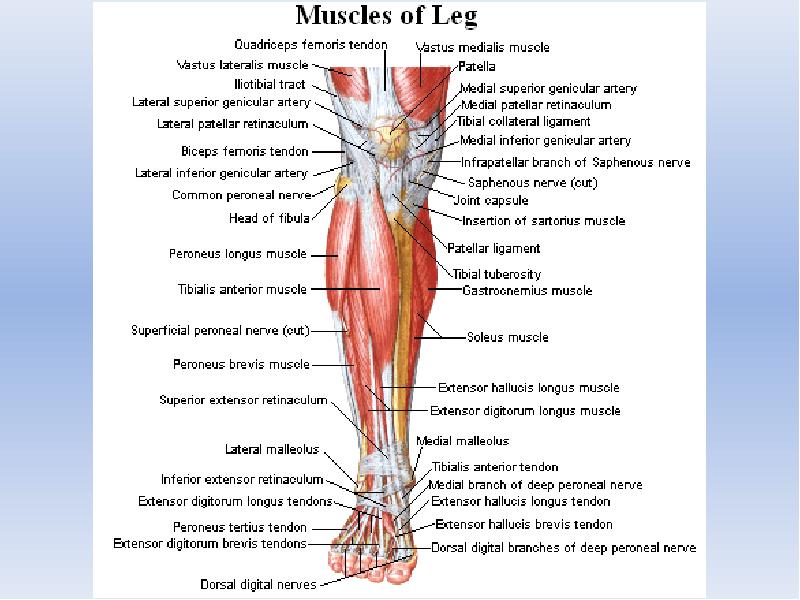
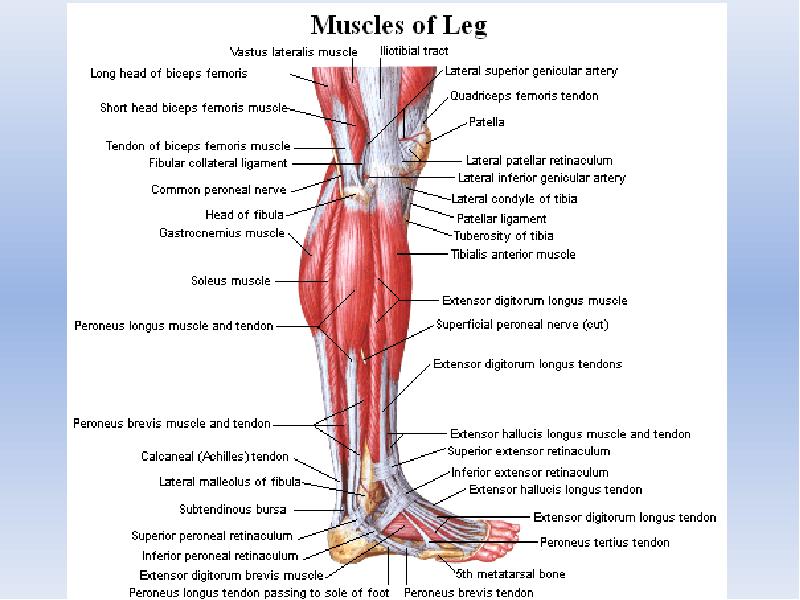

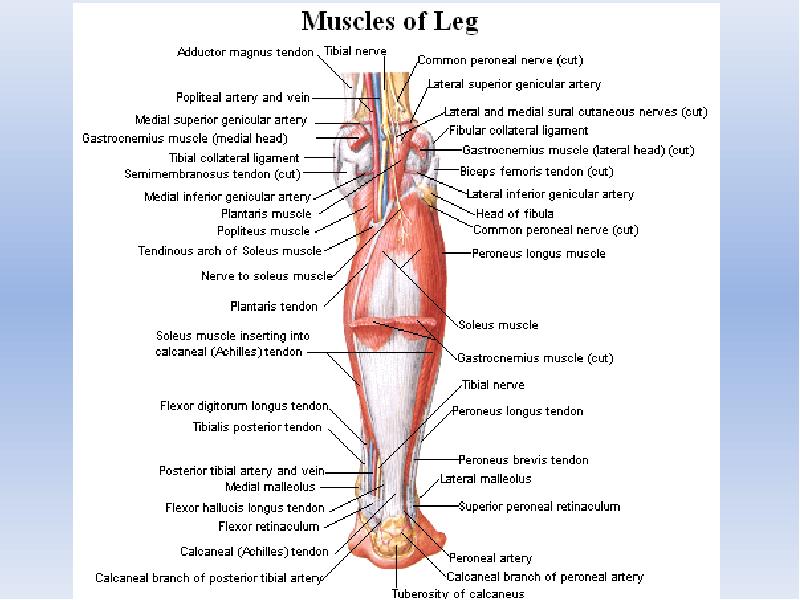
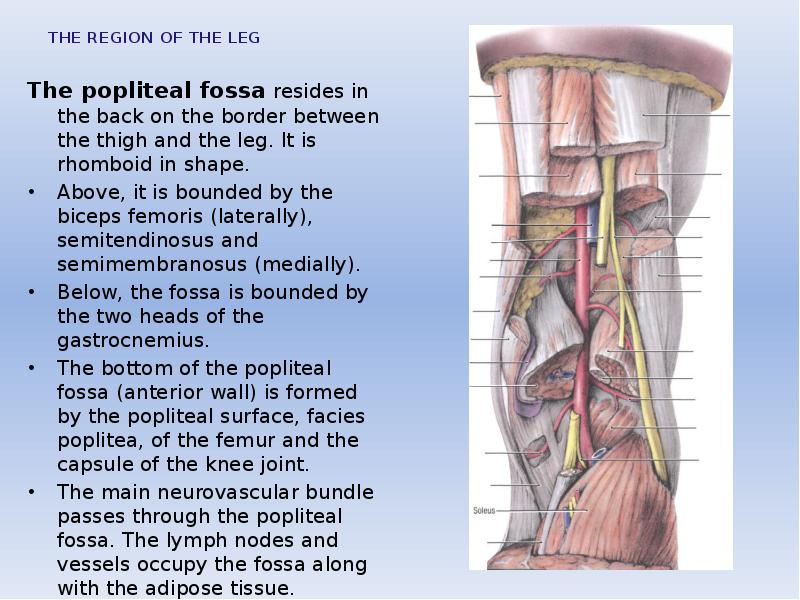
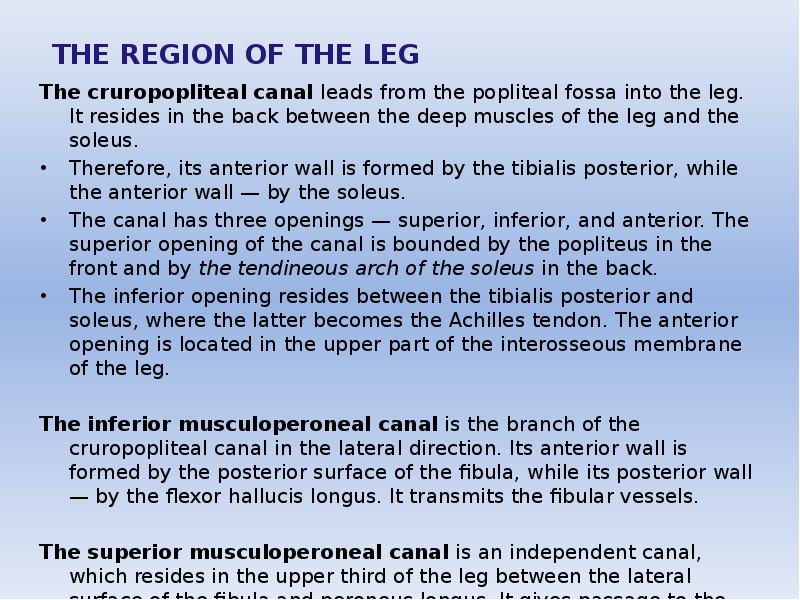
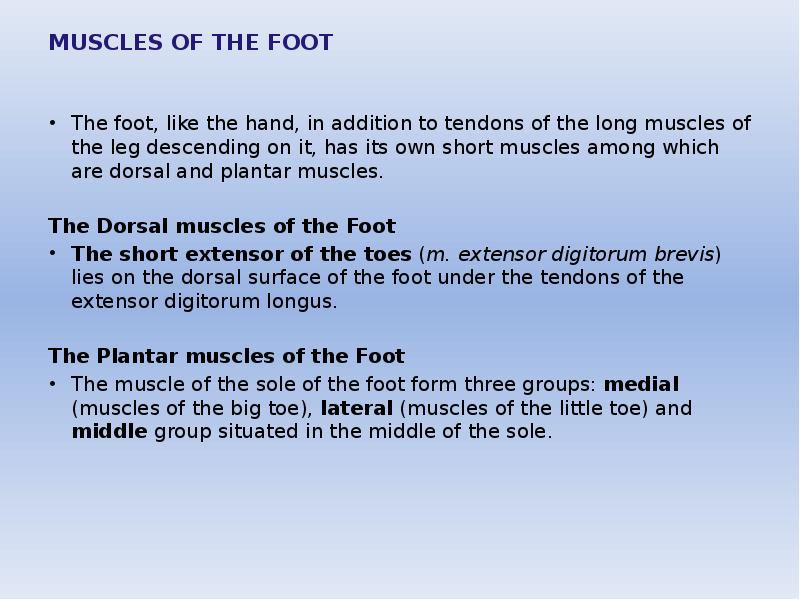
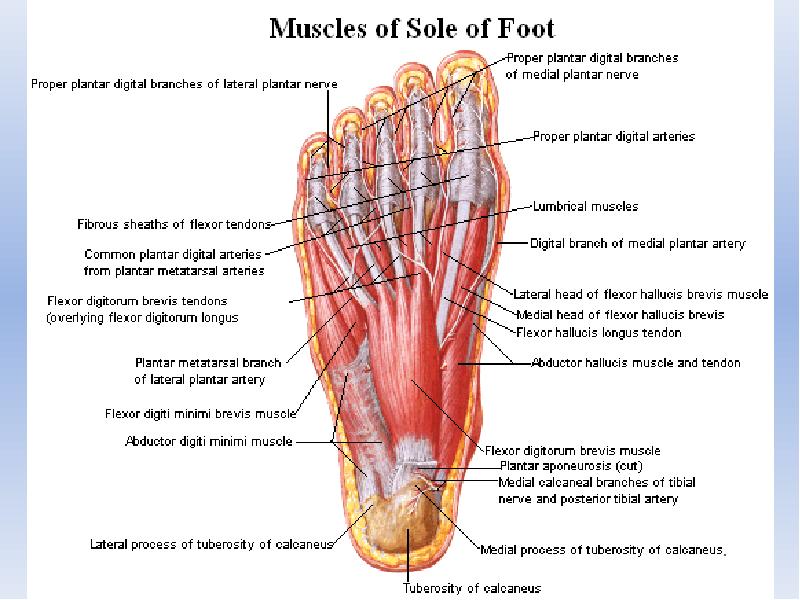
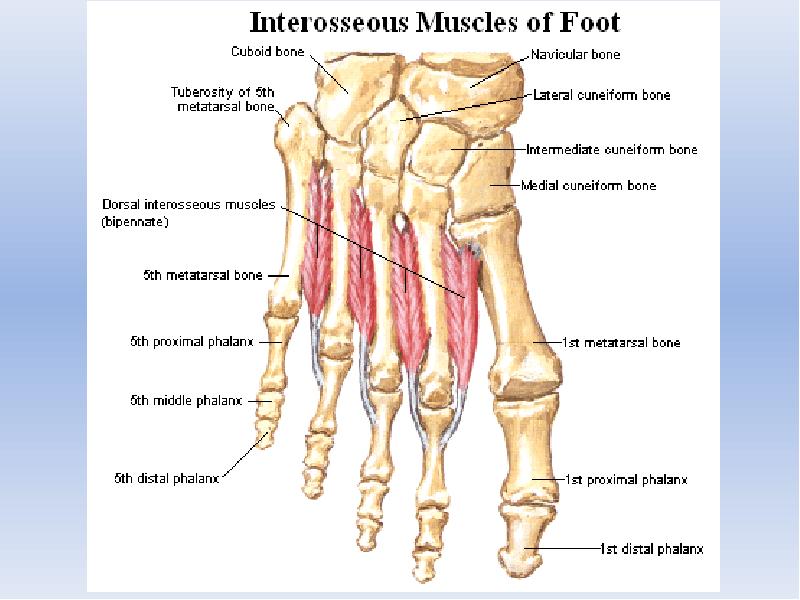
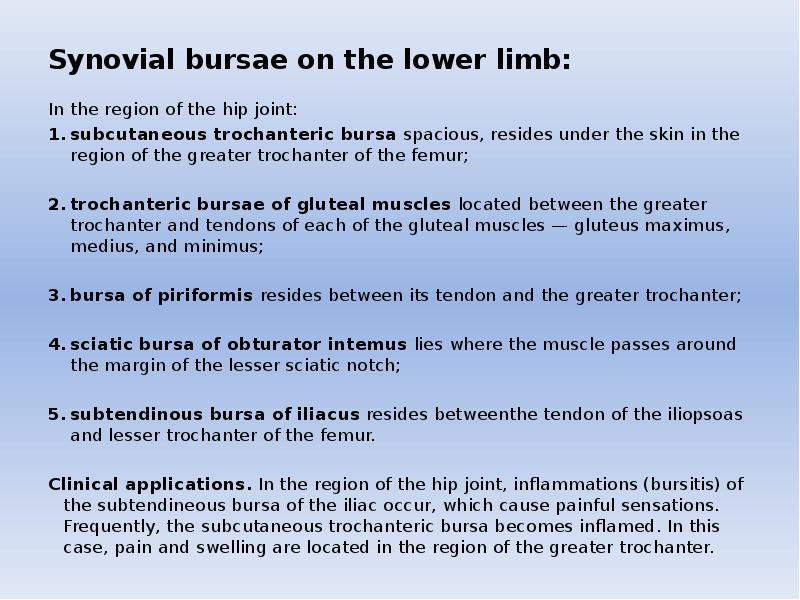
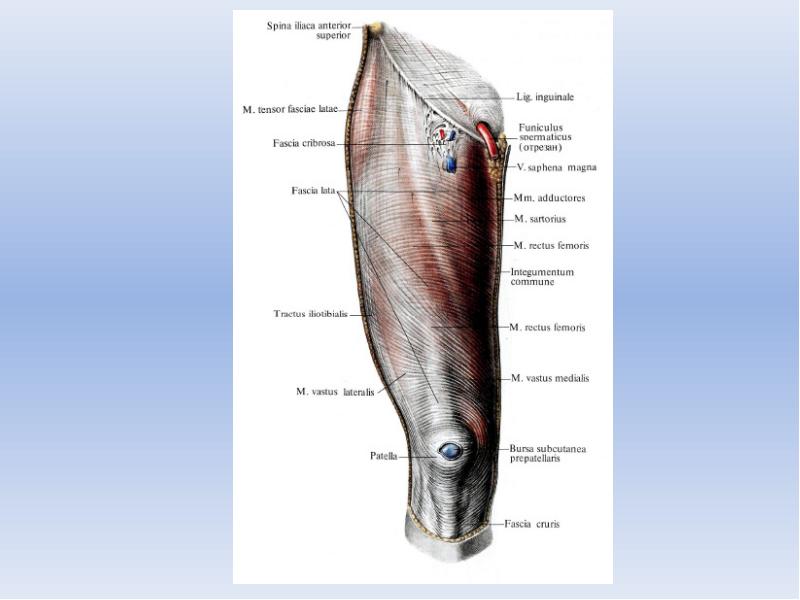

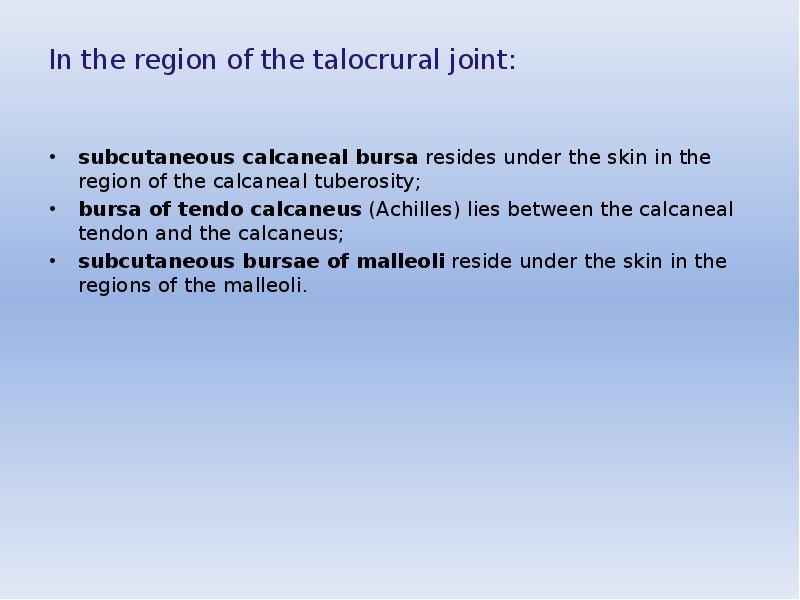

Слайды и текст этой презентации
Скачать презентацию на тему Department of Human Anatomy KNMU MUSCLES AND TOPOGRAPHY OF THE UPPER AND LOWER можно ниже:
Похожие презентации





























